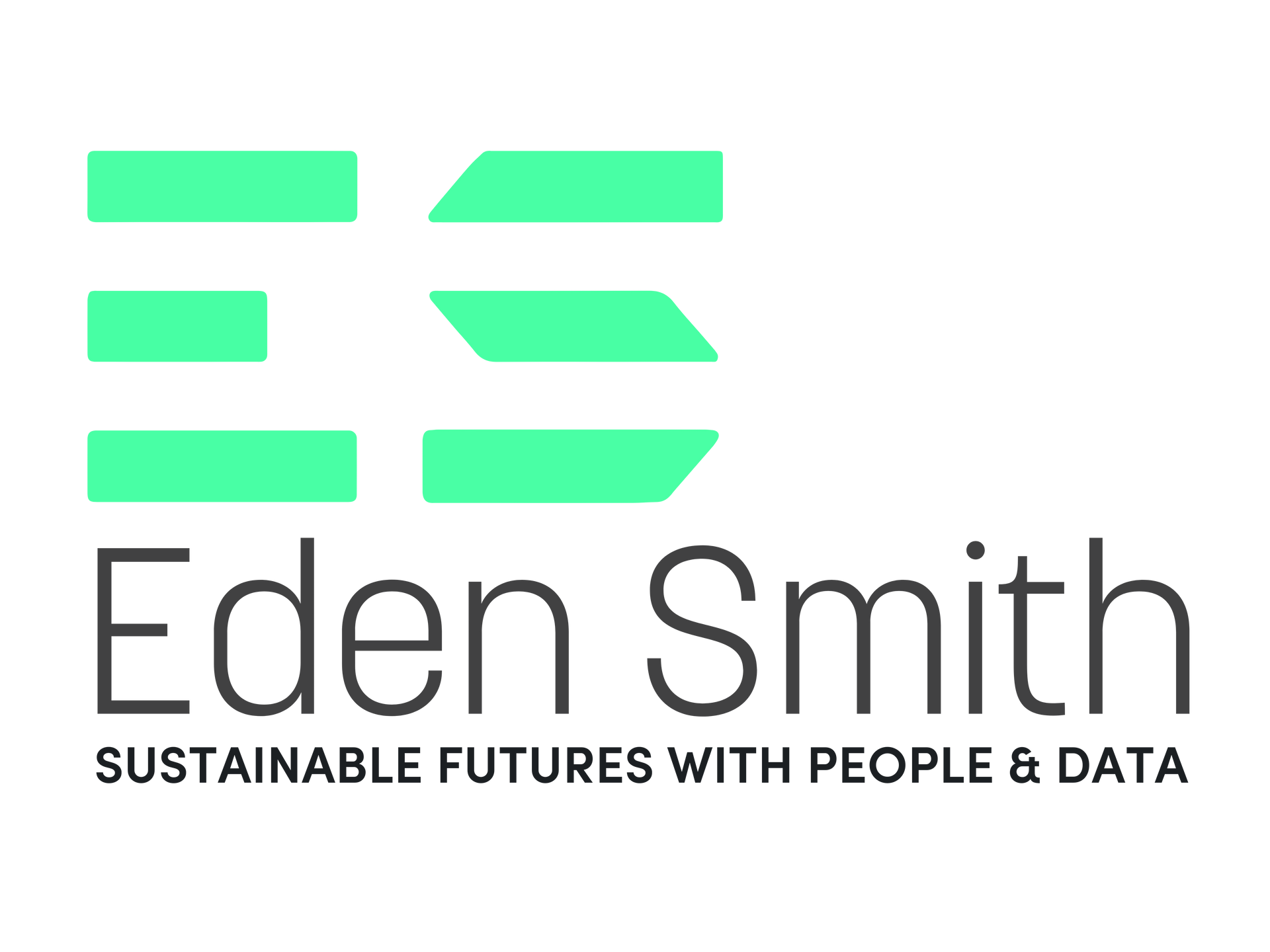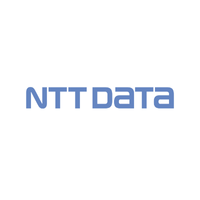Transforming Culture, Behaviours and Mindsets: Why People-Led Change Matters
The hardest part of transformation is not designing the strategy. It is getting people to live it.
New tools and business models are easy to implement in theory. But real transformation happens when people shift how they think, behave and work together. At Eden Smith, we have seen time and again that cultural change is the difference between short-term improvement and long-term success.
The organisations that thrive are not just structurally agile. They are culturally adaptive.
Culture and Mindset: The Missing Link in Most Transformations
Culture acts as the silent operating system of a business. It shapes how decisions are made, how people respond to challenge and what behaviours are rewarded or suppressed. Mindset sits underneath it all. It is made up of the beliefs and assumptions that shape our everyday actions.
Misaligned mindsets can quietly derail even the best strategic plans. A business might aim for innovation, yet if the culture punishes failure and discourages risk, that ambition will never take root.
Research supports this. McKinsey has found that only 30 percent of transformation success is down to tools and tech. The remaining 70 percent depends on culture and whether people are emotionally and behaviourally bought into change.
Five Core Shifts That Drive Transformation
At Eden Smith, we support organisations to make deep, sustainable shifts in the way their people think and work. These are the five we see as essential:
1. From Compliance to Curiosity
A curious culture fosters continuous learning and better problem solving. Leaders must create psychological safety so that questions, not just answers, are valued.
2. From Control to Empowerment
Transformation flourishes when people are trusted to act. Move away from micromanagement and towards coaching-style leadership.
3. From Fixed to Growth Mindset
Teams that believe in their ability to learn and adapt outperform those that stick to what they know. Growth mindset is foundational to agility and innovation.
4. From Silos to Shared Purpose
Break down functional barriers. When everyone rallies behind a shared mission, collaboration and accountability follow.
5. From Performative to Authentic Leadership
People follow people. Leaders who are open, consistent and values-led set the tone for culture change across the organisation.
Making Change Stick: Eden Smith’s Approach
Culture and mindset do not shift with a single training session. At Eden Smith, we bring together transformative solutions, change programmes and use our people to transfer knowledge and upskill your teams.
Here’s how:
Start With the Top
Transformation must be modelled. We work with senior teams to help them live the behaviours and values they want to see across their organisation.
Build Safe Spaces to Learn
We promote experimentation and intelligent failure. Sustainable cultures grow when people are encouraged to test, reflect and improve.
Embed Change in Everyday Practice
Culture lives in meetings, rituals and language. We help businesses design the daily habits that hardwire new ways of working.
Why Eden Smith?
As a people-first consultancy, Eden Smith is committed to supporting sustainable transformation. We do not just deliver projects. We build capability.
Whether you need to strengthen team cohesion, develop adaptive leadership or embed a culture of learning, we are here to help you make change real.
📬
Contact our team to discuss how we can support your transformation











